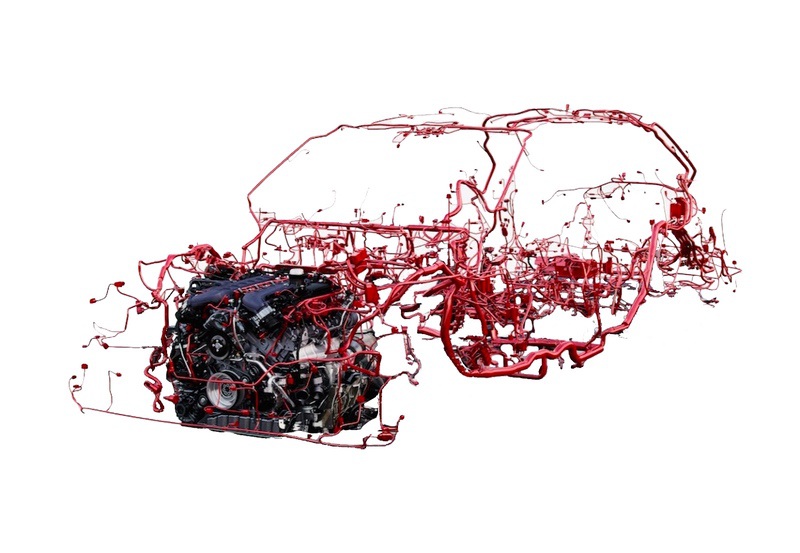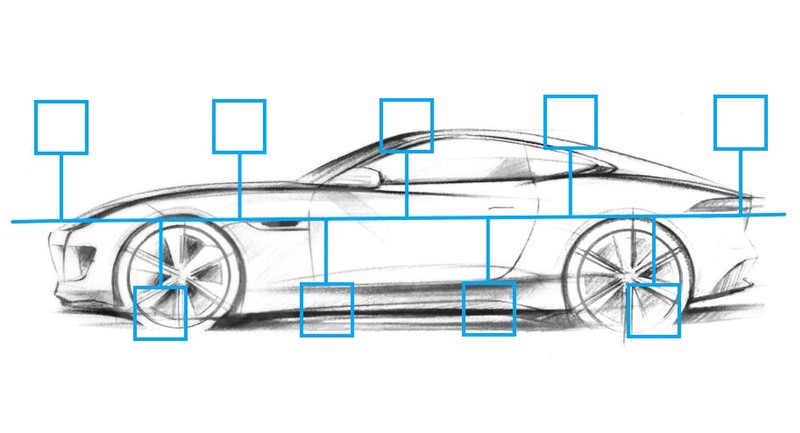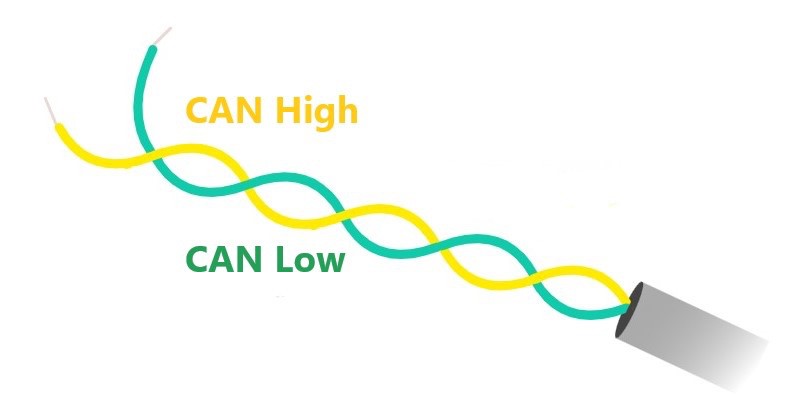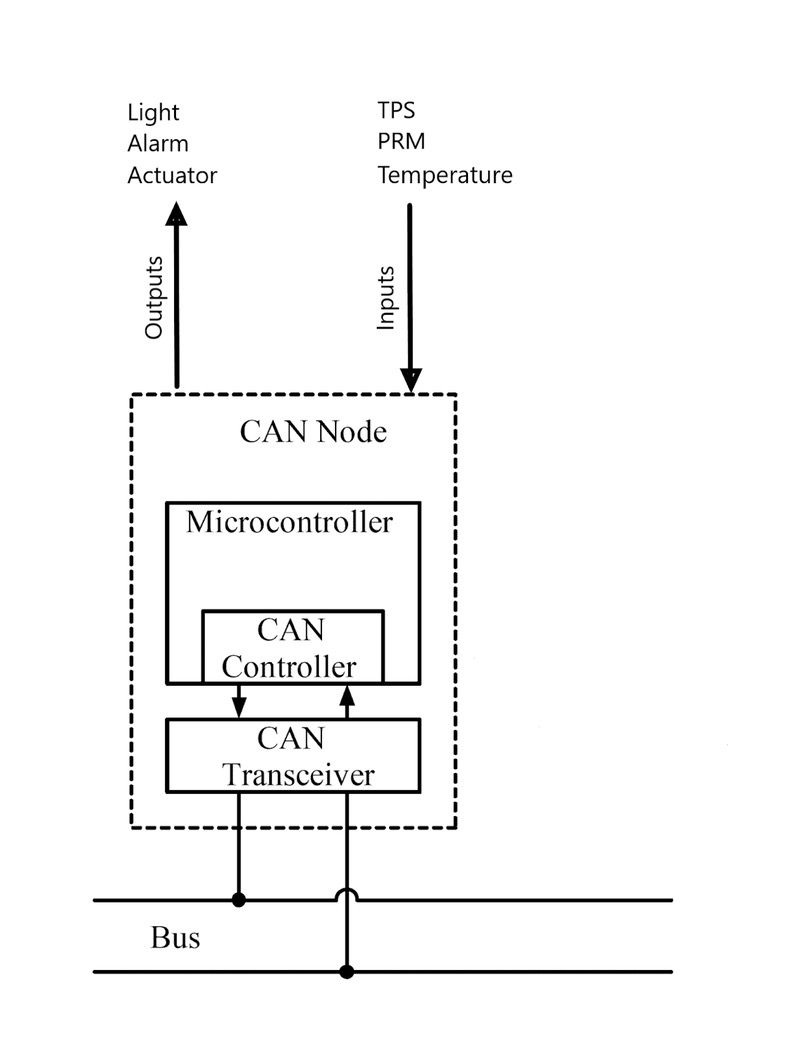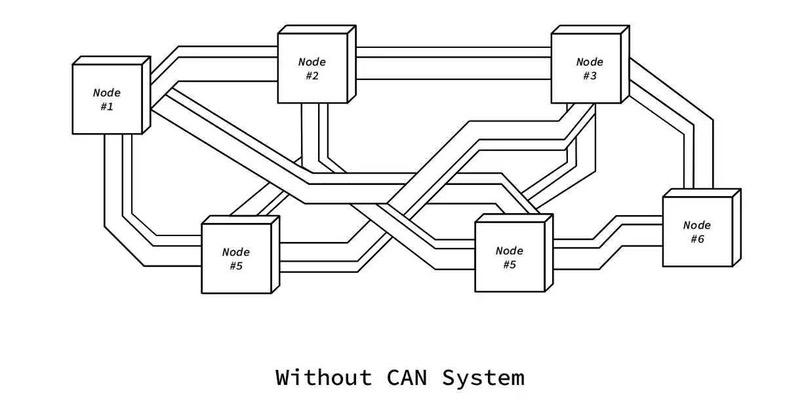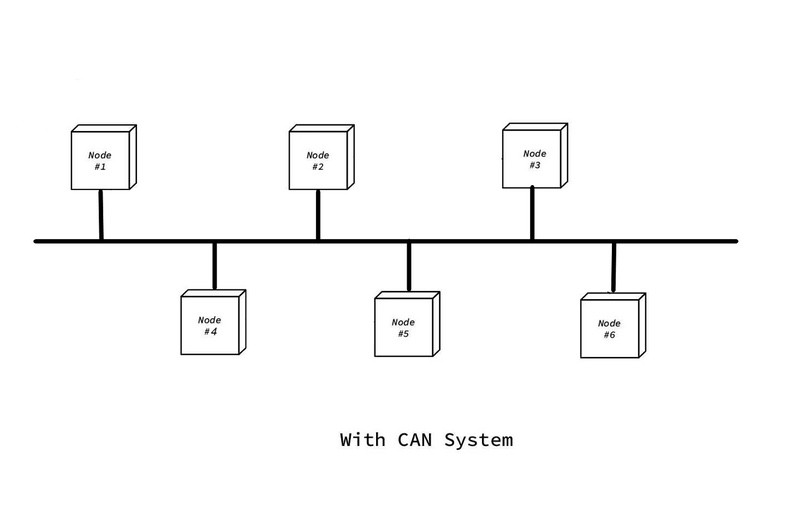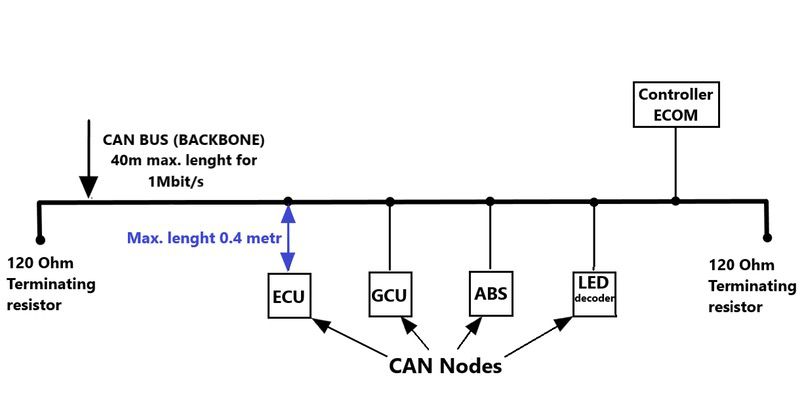Low-speed CAN bus
🔹 Slow speed CAN bus is also called a fault-tolerant CAN.
🔹 Each node has a CAN termination
🔹 The low-speed CAN bus supports baud rates of between 40 and 125 Kbit/s
🔹 Communication can continue even if there is a fault in one of the wires
High-speed CAN bus (ISO 11898)
🔹 Simple calling is a feature of a high-speed CAN bus
🔹 This type of network is the one most commonly used by today’s automobile manufacturers
🔹 Baud rates of between 40 Kbit/s and 1 Mbit/s are supported
🔹 The high-speed CAN bus forms the foundation of higher-layer protocols like CANopen, j1939, and OBD2
LIN bus
🔹 A LIN bus is a low-cost alternative that employs fewer harnesses
🔹 Less expensive nodes are used in a LIN bus
🔹 The network provides functionality for door locks and air conditioning
🔹 Network configuration is typically comprised of a LIN bus master acting as the gateway for up to 16 slave node
CAN FD
🔹 CAN FDs are deployed in high-performance vehicles
🔹 The CAN FD protocol is an extension of the original CAN protocol and was released by Bosch in 2012 to address the need for increased data transfer speeds
Automotive Ethernet
🔹 Automotive Ethernet supports higher data transfer rates than a CAN bus
🔹 This network does not have the security features of CAN and CAN FD
🔹 The automotive industry is adopting this network and it will be implemented in modern cars and trucks.
🔹 Automotive ethernet supports the increased bandwidth required to implement systems such as onboard cameras, Advanced Driver Assistance Systems (ADAS), a fleet management system, and other features that require high-speed data transfer

